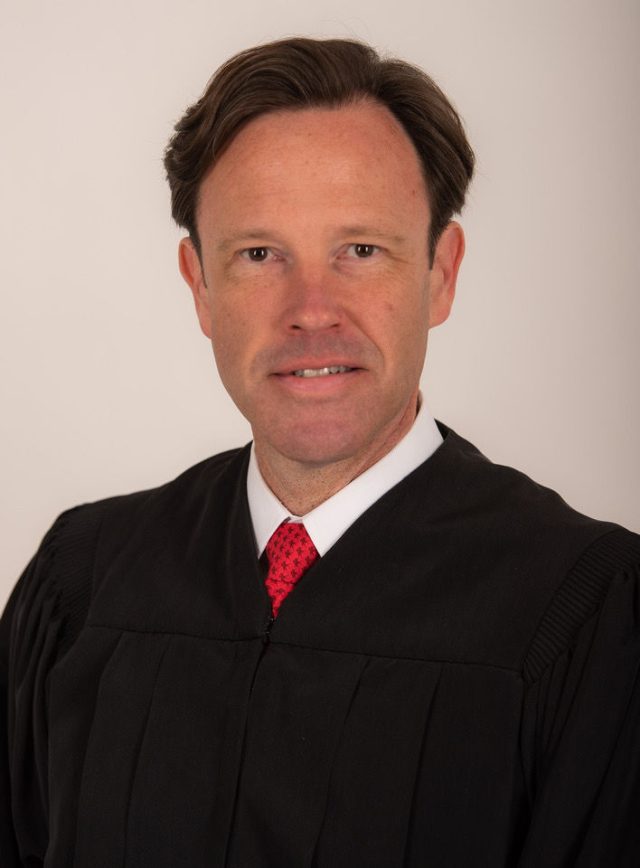Second to none
Published 4:45 pm Thursday, September 13, 2012

- Report card front 1915. (Photo Courtesy of Special Collections-WKU)
Herbert Oldham of Bowling Green remembers his alma mater, State Street School, as a friendly place where students and teachers were close.
Though the building at State Street and Second Avenue no longer exists, Oldham has fond memories of the school where black students were educated for more than 50 years during segregation.
Because it was one of the only black-only schools in the area, students came from Warren, Allen and Edmonson counties, Oldham said. That made for a varied student body, which included children of both farmers and businessmen.
“It was really diversified,” Oldham said. “They weren’t white students, but they were culturally diverse.”
Oldham went to church with many of his classmates and became close to their families as well.
“You made friendships that were everlasting,” he said.
State Street School was known for its strong academics and sports programs, Oldham said. He played football and basketball for three years at the school from 1948 to 1951, when he graduated.
“That was my means of going to college,” he said.
State Street School was one of the first three public schools in Bowling Green. The first, at College Street and 11th Avenue, opened in January 1883. By 1900, the city school system was organized with a Board of Education and two other schools had been built, on Green Street (later Center Street) and State Street.
Until Bowling Green High School was constructed on Center Street in 1908, only first through eighth grades were offered at the schools. By the time the first high school graduating seniors received their diplomas in 1912, 90 percent of the children eligible to attend were enrolled in public schools.
Growing enrollment led to a new high school building in 1922, with the old one becoming the junior high school. In the same decade, the Eleventh Street School was built to ease congestion in the elementary schools.
In 1954, a new school for black students was built to replace the State Street School. Only the gymnasium of the State Street School still stands today, at 200 State St.
High Street School was one of the first modern schools in Bowling Green, with plumbing and heating, Oldham said.
Oldham began his career at High Street School in 1955 as a history and science teacher. After the integration of city schools in 1966, the teachers from High Street School, which had housed grades one through 12, were split up among the other city schools. Oldham was one of six teachers from High Street School who moved to the high school. Though Oldham missed his other colleagues from High Street School, he doesn’t recall any problems during integration.
“It didn’t faze us too much because we were qualified and because we were ready for the challenge,” Oldham said.
During his more than 30-year career, Oldham also served as principal of High Street Elementary School for nine years, taught at Bowling Green Junior High School for two years and became the district’s director of pupil personnel at the Central Office, where he remained until retiring in 1992.
The opportunity to work with students and helping them succeed was what Oldham enjoyed most about education, he said.
“It makes you feel good to know that you made a contribution,” Oldham said.
Except for the time he spent in North Carolina getting his undergraduate degree at St. Augustine’s University, he has spent his entire life in Bowling Green and his whole career with the city school district.
“I was educated in Bowling Green city schools, I worked in Bowling Green city schools and I retired from Bowling Green city schools,” Oldham said. “Don’t too many people get that opportunity.”
He believes the district is second to none and has produced many great students.
High Street and State Street schools are special to him because of the personal connections he made there.
“They were just a little more personal to me,” he said.
The 1950s and ’60s saw new elementary schools built in the district – T.C. Cherry Elementary School in 1950, L.C. Curry and Potter Gray elementary schools in 1959, Parker-Bennett Elementary School in 1961, W.R. McNeill Elementary School in 1963 and Dishman-McGinnis Elementary School in 1964.
The current location of Bowling Green High School on Rockingham Lane was built in 1970 and the old high school building on Center Street became Bowling Green Junior High School until the current building on Campbell Lane opened in 2001.
Parker-Bennett and L.C. Curry schools were consolidated in 2004, with Parker-Bennett-Curry Elementary opening on Webb Drive in August 2005, on the site of the former Parker-Bennett school.
A new T.C. Cherry Elementary opened in August 2009 and a new Dishman-McGinnis Elementary is scheduled to be completed in fall 2014 on the site of the old L.C. Curry school.
The Warren County school system originally served rural areas and small communities outside of Bowling Green. However, as the city has grown, many schools in the county district are now attended by Bowling Green residents.
For example, Warren Central High School, now within Bowling Green city limits, originally opened as Warren County High School in 1950 to serve students from the communities of Woodburn, Rich Pond and Rockfield, each of which had their own high school at one point.
Warren East High School opened in 1969, bringing together students from smaller high schools in Smiths Grove, Richardsville and Bristow. Growth in the southern part of the county led to the creation of Greenwood High School in 1990 and South Warren High School in 2010. The Warren County school district also currently includes four middle schools and 14 elementary schools.






